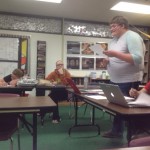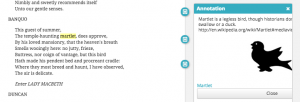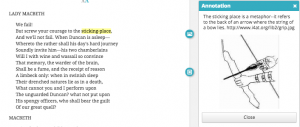It’s Debate Week! The week we’ve been researching and writing for in Expository Writing class. And in every debate this week, my students have impressed me in the way they’ve stood up, made a stand, used solid statistics and direct quotes to support their arguments, and most of all, awed me with their critical thinking skills.
It all started last fall when I attended a debate workshop at our state’s speech conference. Persuasive writing is a huge focus in Nebraska high schools, since it’s the genre used to evaluate our eleventh graders. And rather than just teaching students to write persuasively, the debate workshop made me realize how powerful that performance activity could be.
- Dan & Jacy
- Arian, Kyle & Jacy
- Gunnar & Kyle
- Flow Chart for Ham vs. Turkey
- McKenzie & Justus
- Allison & Bailey
- Justus
- Brooks & Jessica
- Sydney, Gunnar & Dan
- Sydney, Gunnar & Dan
- Cameron & Alyssa
- Arian & Sydney
- Arian & Kyle
- Justin & Madi
- Annie & Sophie
It’s Debate Week! The week we’ve been researching and writing for in Expository Writing class. And in every debate this week, my students have impressed me in the way they’ve stood up, made a stand, used solid statistics and direct quotes to support their arguments, and most of all, awed me with their critical thinking skills.
It all started last fall when I attended a debate workshop at our state’s speech conference. Persuasive writing is a huge focus in Nebraska high schools, since it’s the genre used to evaluate our eleventh graders. And rather than just teaching students to write persuasively, the debate workshop made me realize how powerful that performance activity could be.
Before I go any further, let me say in full disclosure that I took a semester of debate class in college. I hated it. The stress, the conflict–I dreaded each and every debate.
So I don’t expect every student to love it or even enjoy it. However, I recognize that many of my students thrive off it, and those who don’t enjoy it have gained argumentation and presentation skills.
The class started with narrowing topics using Google Moderator, until they finally chose the death penalty, vaccines, and ipads. Then they researched. We used Google Scholar and studied academic articles.
Then they wrote two papers. The first was an informative, objective piece covering both sides of their issue–a genre they found extremely challenging. Then they focused on their debate arguments. We analyzed a sample position paper, highlighting the organization (specifically the heavy use of direct quotations) and then they took off on their own arguments, producing the best writing I’ve seen from most of them.
If you haven’t caught on, I’m so proud of these young people. They’re graduating in mere weeks–days, really–and yet they’re still pushing themselves. In fact, one group that finished debates a day early elected to have one more impromptu debate. The topic: ham vs. turkey.
And let me tell you, this was the most creative yet critical thinking I’ve ever heard. It was silly and fun, yet they used statistics and research straight off the internet as they debated. They thought on their feet, collaborated with their team, and gave me a day I won’t soon forget.


















